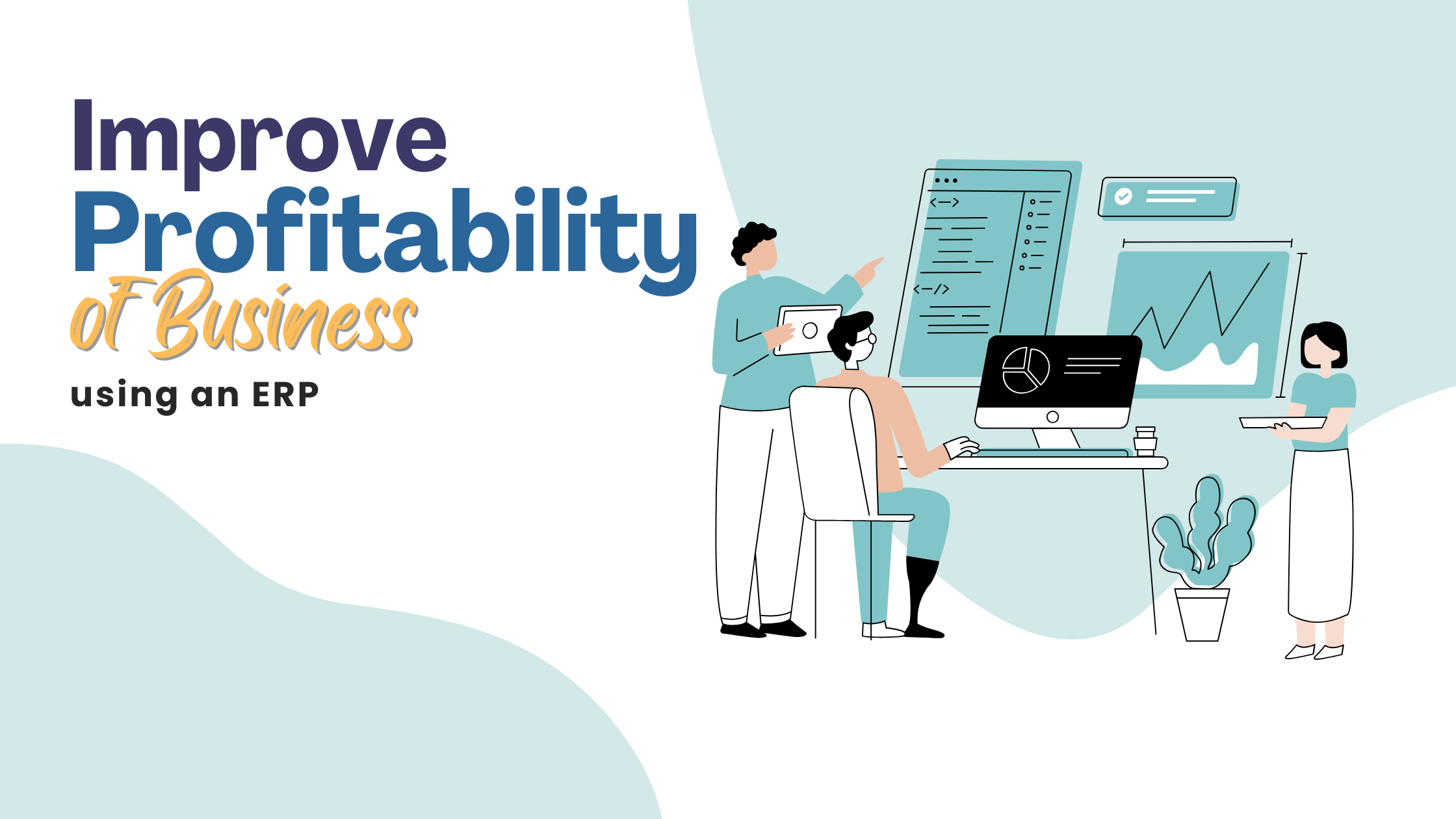Boosting Business Profitability with Strategic Management Software Implementation
In today's competitive business landscape, the implementation of management software like ERP or MRP isn't just about digitalization—it's about driving profitability and fostering growth. These sophisticated systems are designed to provide real-time insights into business operations, insights that would otherwise require days of manual effort to generate. However, to truly harness the power of these solutions, it's essential to understand and address specific business requirements from the outset.

Here are key strategies to consider when implementing business management software to maximize profitability:
- Identify key business performance indicators: The ultimate goal of implementing an ERP should be to enhance company profits through analytics and intelligence. By identifying key performance indicators (KPIs) crucial for profitability early on, businesses can ensure the software aligns with their specific needs.
- Identify underperforming processes: Every business has weak links. Identify processes that are not yielding desired results and analyze the reasons behind their underperformance. Digitalizing or optimizing these processes can significantly improve efficiency and, in turn, profitability.
- Identify common activities across departments: Streamline operations by identifying and merging common activities across departments. This reduces operational time, increases productivity, and eliminates redundant tasks, leading to cost savings and improved profitability.
- Determine processes for digitalization: Assess each process to determine its potential for digitization. Seek assistance from IT or ERP consultants to customize software solutions that maximize digital data generation and provide actionable insights.
- Identify top-performing employees: Leverage digitalized systems to identify high-performing staff and assess their efficiency through various metrics. By providing targeted training and education, businesses can enhance employee productivity, ultimately boosting profitability.
- Identify periodic best performing vendors: Understand the impact of vendors on turnaround time and product quality. By recording and analyzing vendor performance data, businesses can make informed decisions to optimize supplier relationships and increase profitability.
- Identify best performing clients: Utilize management software to identify and evaluate the performance of clients based on various parameters such as payment cycle, communication response, and feedback. This enables businesses to prioritize clients that contribute most to profitability.
- Reduce turnaround time of products/projects: Create workflows that facilitate faster project completion by reducing decision-making time and automating repetitive tasks. Digitalization and automation help streamline operations, leading to reduced turnaround time and increased profitability.
- Best raw material mapping to best products: Utilize ERP or MRP systems to map raw materials to products based on quality, price, and customer feedback. This analysis enables businesses to optimize production processes and enhance product quality, driving profitability.
- Seamless stock management across locations: Efficient stock management across multiple locations is crucial for reducing costs and maximizing profitability. Implement systems that provide real-time visibility of inventory and streamline stock transfer processes to minimize overheads.
By incorporating these strategies into the design and implementation phase of business management software, businesses can unlock valuable insights and drive profitability. The goal isn't to increase overheads but to streamline existing resources and make operations more efficient. With careful planning and strategic implementation, businesses can experience accelerated growth and sustained profitability in today's dynamic market.
